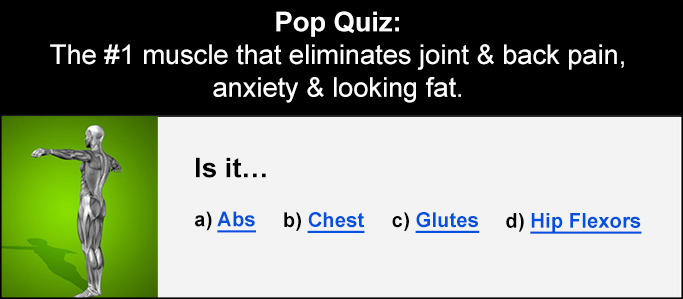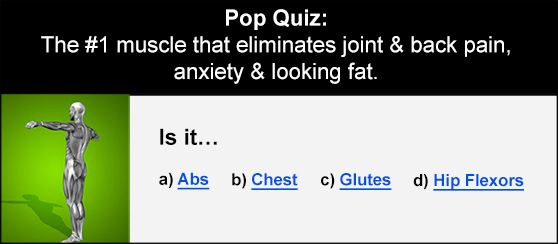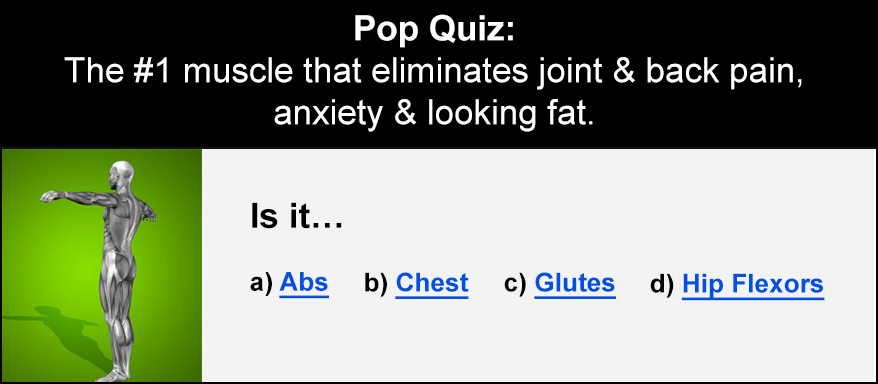
Diabetes is one of the most commonplace and well-known chronic diseases that effects the modern man. A life-threatening disease, diabetes lies within the top 10 causes of death in the developed world.
In 2016, 1.6million deaths were a direct result of diabetes and these are numbers that are only getting higher.
Most people with diabetes worldwide fall into the ‘Type 2’ category: type 2 diabetes results from lifestyle factor culminating to down-regulate the impact of insulin. This means that your body can no longer effectively control blood sugar levels.
It is possible to view this prevalence of lifestyle relate diabetes as good news however. Lifestyle induce disease is far easier solvable than non-communicable, congenital ‘Type 1’ disease.
Exercise, Activity and Mortality
The increasingly sedentary lifestyle that we all follow is a huge player in the increasing incidence of type 2 diabetes.
The more ‘civilized’ we become as a society, the more machines we invent to make sure we have more time to spend inactive and this has led to a sedentary population.
Our work force has taken a massive shift towards non-physical office work where most days are spent sitting down in a car, at a desk, or on the couch. Some might look at diabetes as a symptom of technological advancement; impossible to avoid with the convenience-heavy life we’ve built around ourselves.
The advancement in technology has also created more instantly gratifying ways to spend our leisure time – movement and exercise are now a chore by comparison. Adjusting activity levels is an easy way to adjust the risk of diabetes – as the regulation of blood sugar and insulin resistance are improved by exercise.
Sedentary men with poor dietary habits are the reason that 1 in 10 men has diabetes, and many more are “pre-diabetic”. Small changes in the way you spend you leisure time, advocation for standing desks in the workplace, or walking/cycling to work can have a huge impact on your overall health. “Walking coffee breaks” are another option: grab your cup of joe to go.
Diet and Diabetes
Yet another symptom of the modern era is the decline of dietary quality and a huge upturn in refined, high-GI carbohydrates in the diet. Developed countries now have access to large amounts of cheap, high-sugar foods and have taken advantage of them.
Our view point has moved away from food as a necessary and healthy – as fuel – towards mouth-feel and satisfaction. Convenience-dieting means fast food, drive-thru, microwave meals, frozen meals and pre-packaged food – all of which contain added sugar and are easily over-eaten. This combination of high calories and refined carbs is the ultimate risk for diabetes.
Predictably, our health suffered: human bodies have not evolved to cope with the large volumes of sugar and fats that are now so easily available to us, and diabetes and obesity are the result. This is compounded by alcohol consumption, which damages organs, negatively impacts your hormones and predisposes you to heart disease and diabetes indirectly.
Save Yourself: Making Effective Change
In order to make effective lifestyle changes, you need to set out with the right expectations. A series of small changes is easier to maintain than a single, cold-turkey approach to diet and exercise. Small changes are easy and can then be added to and built upon, providing you with a long-term improvement to your health.
Substituting ready-made foods and making the effort to prepare your own meals using fresh ingredients is an excellent place to start. This should focus on reducing overall carbohydrate intake, increasing protein intake, and relying on whole plant-foods for most of your diet. It’s not about restriction but setting a higher standard for your food.
If the health benefits weren’t enough motivation, you’re also likely to see financial and aesthetic improvements, too!
Keep in mind: there is no quick fix for a lifetime of bad lifestyle choices. Changing your habits to better serve your goals and combat diabetes is the most effective way of preventing your own risk, reducing symptoms, and surviving to natural age. Eliminate the risk factors slowly and you’ll see fantastic positive change.
Make changes now that you can sustain forever: they’ll never go, and the consistency will bring its own rewards in the long-term!







